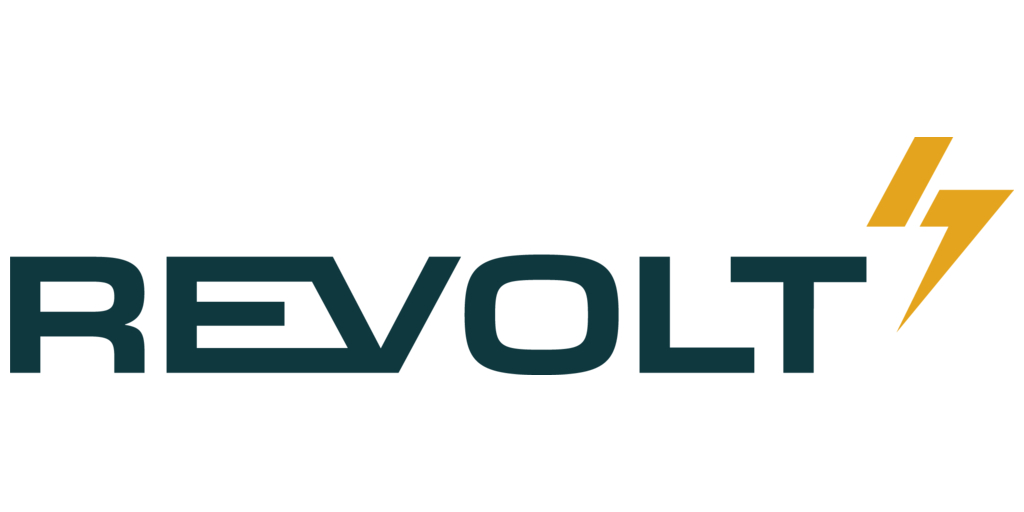Dust control, mining and civil engineering services firm Global Road Technology (GRT) has welcomed the focus the New South Wales Government is placing on the dangers of silica dust with the launch of its six month safety blitz this month.
Starting from Tuesday December 5 2023, the NSW Government is spreading its focus beyond workplaces outside of the manufactured stone industry sector and will be targeting industries where workers are exposed to silica dust primarily.
Workers involved with the tunnelling, demolition, excavation works – all often required by the mining sector – along with the uncontrolled cutting, grinding and drilling of common building materials will all be targeted by SafeWork NSW inspectors to prevent a false sense of security at worksites across the state before the ban on manufactured stone is implemented.
SafeWork NSW will be looking at those involved in the construction and tunnelling industry, with this initiative being undertaken in the lead up to a nation-wide ban on engineered stone, an area that is seen as one of the core contributors to a national increase in the deadly lung disease silicosis.
For GRT managing director Troy Adams, this initiative that is part of the implementation of the coming world first national ban on manufactured stone being implemented by the July 1 2024, will hopefully showcase the other sectors impacted by the spread of silica dust caused by worker activity.
“GRT welcomes the focus by the NSW government on industries outside of the manufactured stone sector as we believe that it will firmly place the dangers of particulate pollution on workers health into the spotlight,” Adams said.
“Although the manufactured stone sector is being phased out in 2024, there is a distinctive point of difference in that other sectors exposure to silica dust is part of their required work activities, in that it is a byproduct of tunnelling and construction works.
“This means that a ban simply is not feasible, rather the focus needs to be on dust control methods that prevent silica dust from being generated or released into the air, including water suppression and on-tool dust extraction.”
GRT’s innovative product suite of dust suppression non-toxic, environmentally friendly applications twinned with its engineered dosing and application techniques has seen it emerge as a national leader in the development of infrastructure and process solutions designed to reduce the spread of particulate pollution from its source.
Its range of innovative products and techniques is designed to reduce the dust pollution generated by onsite industrial activity like drilling and stop it from spreading across the site and into local communities.
Evidence of GRT’s philosophy of providing ‘whole-of-site’ dust solutions is how it has designed eco-friendly polymer based products like GRT: Haul-Loc and GRT: Activate that dovetail into these autonomous systems to deliver effective dust control and provide critical data to our customers useful and actionable data.
These products are far more effective in stopping particulate pollution than water alone which is commonly used and ensure that this precious natural resource is not wasted.
This approach is driven by its offering solutions at the apex of the hierarchy of control meaning that its products and techniques are designed to mitigate dust at its source to ensure that only minimal amounts of particulates reach workers – to the point where protective clothing and masks can safely deal with the remaining trace particles.
For Adams, this new initiative provides validation in the approach the firm has undertaken in developing its range of solutions and products to reduce the spread of particulate pollution.
“GRT products and services meet the stringent safety and environmental requirements laid down by the state and federal governments across Australia,” he said.
“We’ve worked alongside the sector from the onset to develop our products and tailor them to the needs of miners with the goal of anticipating respirable dust hazards and designing solutions to mitigate them at their source.
“The changes in legislation and focus on worksite practices will provide us an opportunity to work alongside the mining, construction and civil engineering sectors to deliver solutions that adhere to these higher safety standards.”




